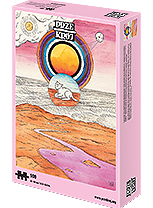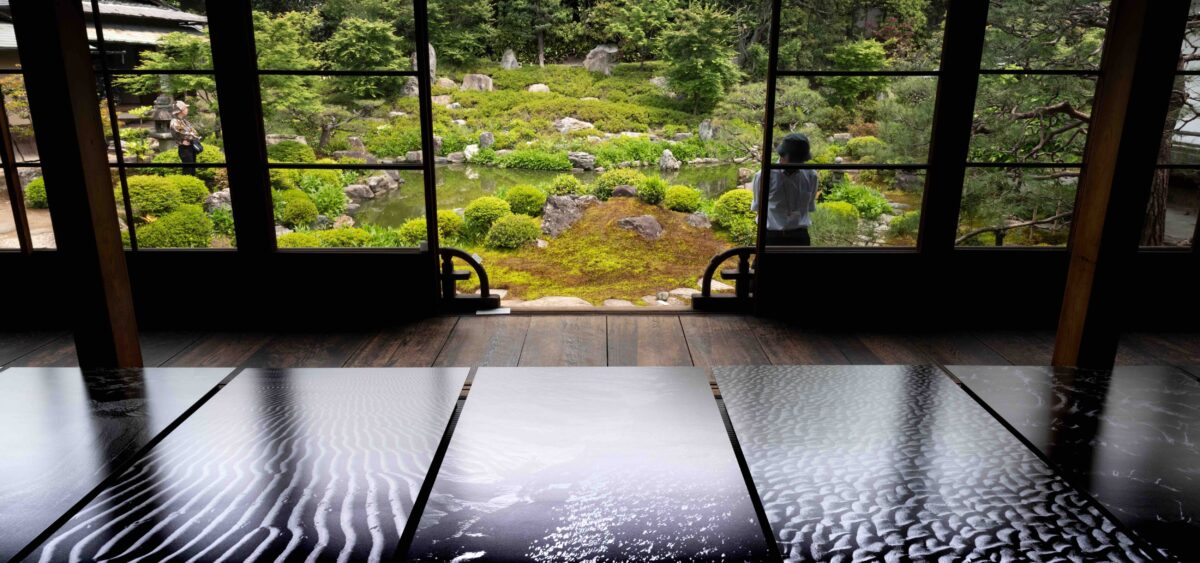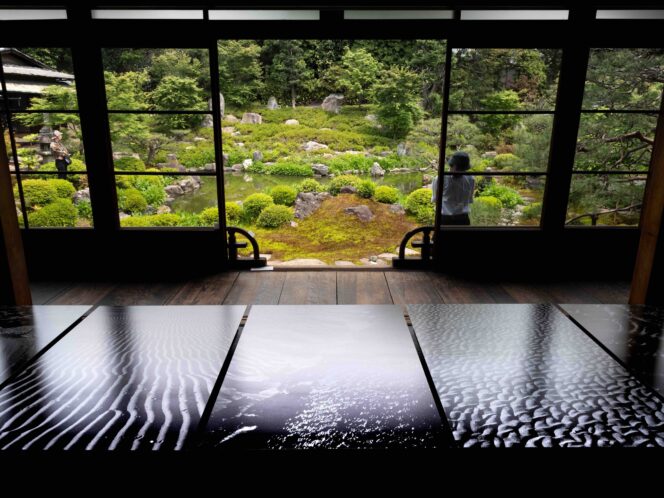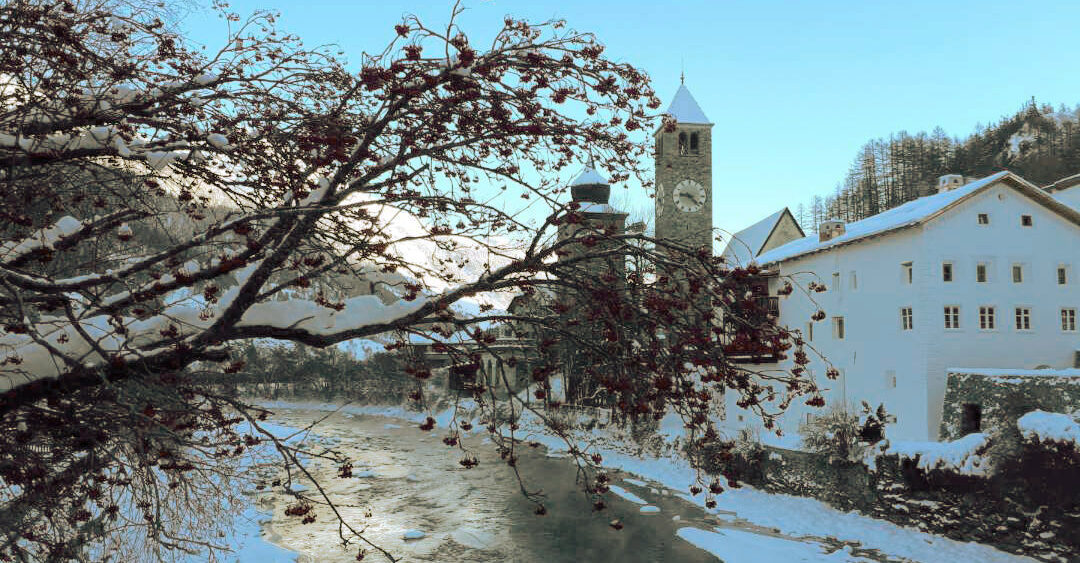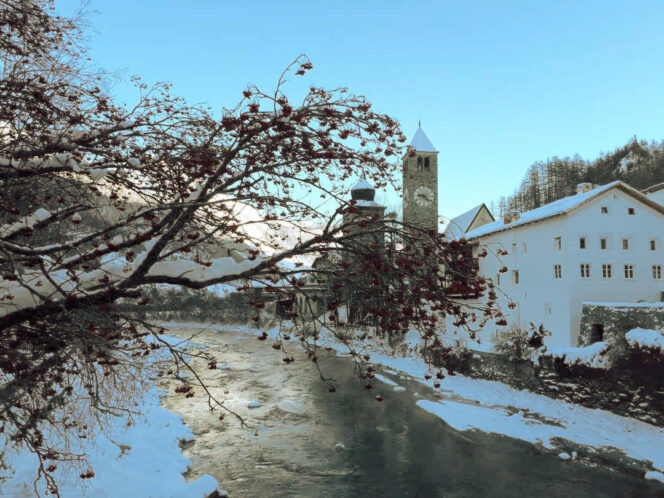
In his The Japanese Chronicles, the Swiss writer and traveller Nicolas Bouvier wrote that Kyoto belongs on a list of 10 cities whose quality of life should be sampled by everyone. It is definitely worth living there just for the annual Kyotographie photography festival. At the start of the 21st century, the heart of avant-garde thinking about the medium of photography beats in this ancient capital of Japan. Art historian Ania Diduch talks with photographer Wojtek Wieteska.
In art, just like in art tourism, there are no coincidences
Ania Diduch: Kyotographie doesn’t resemble any of the photographic festivals I’ve ever been to, although we almost missed it because of you.
Wojtek Wieteska: I’ll admit, I wasn’t in a hurry to get there. I wasn’t really inspired to go and see photographic exhibitions in Kyoto. I didn’t travel 8500 kilometres away from home just to go and watch other people’s work. Rather, I was interested in what was in front of my camera lens. In a way, that’s how I found myself at Kyotographie. I was curious about what the festival goers look like…
We started the visit without any solid plan. In the Nijō-jō castle, instead of seeing the shogun’s lodgings, we first came across the palace kitchen pavilion – Okiyodokoro. The lady responsible for letting the successive groups of visitors into Ismaïl Bahri’s Kusunoki exhibition knocked quietly on the sliding door. After a moment, it quietly ‘opened itself’ from the other side. Inside, it was completely dark, like at the cinema. Once our eyes got used to the darkness, we saw the first work. I felt as if someone had taken a memory out of my brain and unceremoniously displayed it on a monitor in the centre of Kyoto.
“Kusunoki”, Ismaï


